Cuba is on everyone’s lips these days. Should you go now? My answer is a resounding “yes!” While Cuba may not be for everyone (read on), my April trip with International Expeditions was an experience simply not to be found elsewhere. Just 90 miles from our shores (and a hard-to-believe 45-minute flight from Miami), it offers up an experience that feels light years away. It is a place of romance and intrigue, at once elegant and downtrodden, uplifting and at times heartbreaking.
Much has been written since President Obama’s December 2014 phone call with Raúl Castro that shocked the world with the startling announcement: Cuba and America had agreed to talk. After all, Canada, Europe, and the rest of the world had been doing business with Cuba and carrying on normal diplomatic relations; why should the US maintain a five-decades-old embargo and travel restrictions that had done little to thwart the island’s communist government or nudge it towards democracy? During the stuck-in-time period that began when Fidel Castro overthrew the corrupt Batista government in 1959, tourism has continued. As recently as 2014—and before the “normalization” of Cuban/American relations began in earnest—Cuba received some 3 million annual holiday makers, including 300,000 Cuban Americans for family visits and 100,000 legally approved Americans (it is likely that as many as 50 percent more came “through the back door” through a third country such as Mexico or the Bahamas). In the Caribbean region, only the Dominican Republic surpasses Cuba as a destination.
But new measures promise to lift the ban entirely for American travelers, eventually—and with many of them already in effect (as I write this, Congress has initially voted against Obama’s actions although everyone agrees a resolution is imminent). The word is out: See Cuba now before the travel boom—already well in motion and gaining momentum—changes it forever.
Travel to Cuba today, especially for the independent traveler, requires an adjustment of expectations. There are no ATMs and U.S. bank credit cards can’t be used (no matter what they tell you beforehand). Havana is slowly but steadily improving its infrastructure, but travel outside the capital city can still be a challenge, albeit a rewarding one. The countryside is famously short of hotel rooms (privately owned homes called casas particulares are allowed to rent out rooms to take up the slack; accommodations can be rudimentary though the welcome is warm; Airbnb is also quickly making inroads in Havana and beyond). Poor plumbing can mean total outages, though temporary lack of hot water or low pressure is more likely. A hotel bar might display five drinks (such as the ubiquitous Cuba libre, daiquiri, or mojito), while only one is actually available to order—but no worries, the young couple dancing to traditional music more than compensates. The food is farm-to-table, and can range from basic but passable to big-city sit-up-and-take-notice dinners in both the government-owned restaurants and the ever-growing number of privately run paladares. High cuisine is not the point of a trip here, but meals are often accompanied by a cool breeze or sweeping view, personable service, and wonderful (live) music. Hotel towels are thin, so are some of the breakfast buffet selections, and air conditioning often rumbles but it does work (travel during the summer months means heavy heat, high humidity, and hurricane season).
I had signed up to travel with U.S.-based International Expeditions on their 10-day trip through much of the island, culminating in Havana. Traveling with an experienced company (IE began offering this trip in 2003) licensed to provide people-to-people tours is the easiest and safest way to go, and often the preference of first-time visitors. Prices are all-inclusive and can be costly, but travelers can rely on staying and eating at the best venues available and benefit from an expert Cuban guide and US-based expedition leader. The groups’ raison d’etre is to create meaningful travel through cultural exchange. Our days were filled with song, dance, home visits, coffee tastings, and enough information and insight to equal a semester back in school. I loved it for all of that and more. And to have someone else deal with the frustrations of an inadequate tourism infrastructure that can drain the pleasure out of travel? Priceless.
Visits to a variety of cultural and educational institutions—carefully vetted to showcase Cuba in a positive light—are a strict requirement of people-to-people trips; expect full days and little time to wander about independently. In venues grand and humble, we enjoyed musicians and choirs surprisingly refined and professional. Cuba’s music is legendary and wildly diverse, and reflects the island’s rich mélange of cultures. It is everywhere, pouring out of every window and bar, the embodiment of a country’s joie de vivre that has remained intact despite decades of hardship and deprivation. Music is their most enduring legacy and my most vivid memory.
Our group’s brightest perk was Rigo, the eager guide who was assigned to our group of 15—young, bright, earnest, and as curious about life beyond his island as we were about his. Enthusiastic about his job and exuding a great love for his country and its people, Rigo left us with hope for this young generation who are facing an unprecedented future. There was plenty of propaganda at every turn (“Viva la Revolución” banners and Che Guevara T-shirts), but Rigo thoughtfully answered our every question—and there were many. A visit to a countryside bodega where local residents came to spend their monthly food-ration coupons left a searing impression. The empty shelves and paucity of options was a jolt of reality. Rigo never sugarcoated the system or sharply criticized it, explaining in detail the resolve and resourcefulness of the Cuban people, how their spirit and strong family ties help them get by. Nearby, down a dirt road where a rickety horse-drawn taxi was passing, a child’s joyous singing poured out the open windows from an after-school program. Cuba leaves you both exhilarated and heartbroken.
Most adult Cubans are employed by the state with a monthly wage of $20. Doctors earn $40. Women waited outside our hotels and near our big white made-in-China buses rubbing their arms and asking for soap. In pre-departure literature, IE had suggested we bring school supplies and such if we wanted to; they would be distributed at various schools where they are appreciatively received. Apart from the request for soap, I did not see any begging or harassment or signs of petty crime. Tipping is not required nor expected. The gap between haves and have-nots is wide and obvious, but everywhere we were met with curiosity, friendliness, and kindness.
Cuba is the word for “fertile land” in the indigenous Taino language. Long bus rides through carefully farmed countryside brought us past cattle farms and rich fields of tobacco and sugar cane (yes, we all came home with cigars). Cuba is a large country of great geographic diversity, larger than Austria or Switzerland, and our itinerary exposed us to far more than International Expeditions’ other itinerary that concentrates on Havana alone (I’ll have to come back for that!). Roads are few but well-paved, without advertisements or billboards, save for the revolutionary slogans and images of Che, whose imposing mausoleum we visited in Santa Clara. We followed the blissfully undeveloped coastline and visited national parks where we met with local naturalists and conservation leaders. Together we spotted the Cuban trogon, the national bird of Cuba, and the aptly named bee hummingbird, the world’s smallest bird.
Of the historically rich cities we visited, Trinidad is Cuba’s postcard-perfect winner, a UNESCO World Heritage Site—one of nine on the island. It is a veritable opera set of pastel-colored buildings lining empty cobblestone streets. Not far away, at the Valle de los Eugenios (Valley of the Sugar Mills), a lookout point afforded views of the ruins of 19th-century sugar estates, whose lucrative crops were responsible for Trinidad’s one-time wealth and prominence.
Our 10-day journey slowly wound up in the capital city of Havana, a crescendo that did not disappoint, as we rolled into town, wide-eyed, as if country bumpkins seeing the “Paris of the Caribbean” for the first time. It is most famous for the encyclopedia of architecture that fills the historic quarter of Old Havana (a UNESCO World Heritage Site since 1982) in various stages of repair and decay—from Spanish Colonial and Belle Epoque, to Baroque, Art Deco and Soviet-like apartment blocks—many of them colorfully and whimsically painted. But you needn’t look far beyond the restored pedestrian streets and plazas filled with alfresco cafes and restaurants in the city’s most touristed areas to find a more genuine Havana. The facades of crumbling apartments in once-magnificent structures are now black from the exhaust of those famous 1950s American cars featured on postcards and T-shirts—some beaten up and others lovingly restored to museum quality.
To celebrate our last evening of the trip, an adventure we already knew would be hard to recount to the folks back home, our small group divvied up into four impeccably refurbished convertible “tanks,” some of the last American cars brought into the country before they were forbidden. We passed the iconic Hotel Nacional perched on a bluff overlooking the sea and tooled on down the six-lane, 6-mile seaside Malecón at sunset, where all of Havana comes to chat, stroll, fish, canoodle, or enjoy a Cristal beer. We cruised past the Capitolio (modeled after the Capitol building in Washington) and the Gran Teatro, and would “kill the night”—an expression favored by Hemingway, whose house in nearby La Vigía was a special experience—at the Café Taverna, where an offshoot of the original Buena Vista Social Club had us up and dancing and embracing our inner Cuban.
Government encouraged people-to-people trips are not conventional vacations. They are not relaxing and unregimented. You may have heard about the island’s 300-some unspoiled white-sand beaches, but chances are you won’t see much of them, nor have the chance to unfurl your towel to soak up some rays. For the moment, conventional “leisure” tourism is still not officially allowed, and independent American travelers must adhere to one of twelve authorized categories of travel (religious or educational activities, journalism, humanitarian projects, among others) though it is hard to understand just how this is currently being controlled with the numbers of Americans arriving with commercial flights from the US (Jet Blue’s inaugural flight touched down to much fanfare in August 2016). Travelers wanting luxury hotels with room service, or reliable Wi-Fi and air conditioning, would do well to wait until Cuba’s breaking-in period is over. This is a country on the brink of major change, but it’s anyone’s guess how quickly it will come and the results it will bring.
Everyone we met wanted to talk about the current situation—some with great optimism, others with guarded hope that easing restrictions will improve the lives of ordinary Cubans. Everyone believes that we are so close, we should be friends. The world has moved on without them—they deserve to catch up.
I traveled with International Expeditions: www.ietravel.com

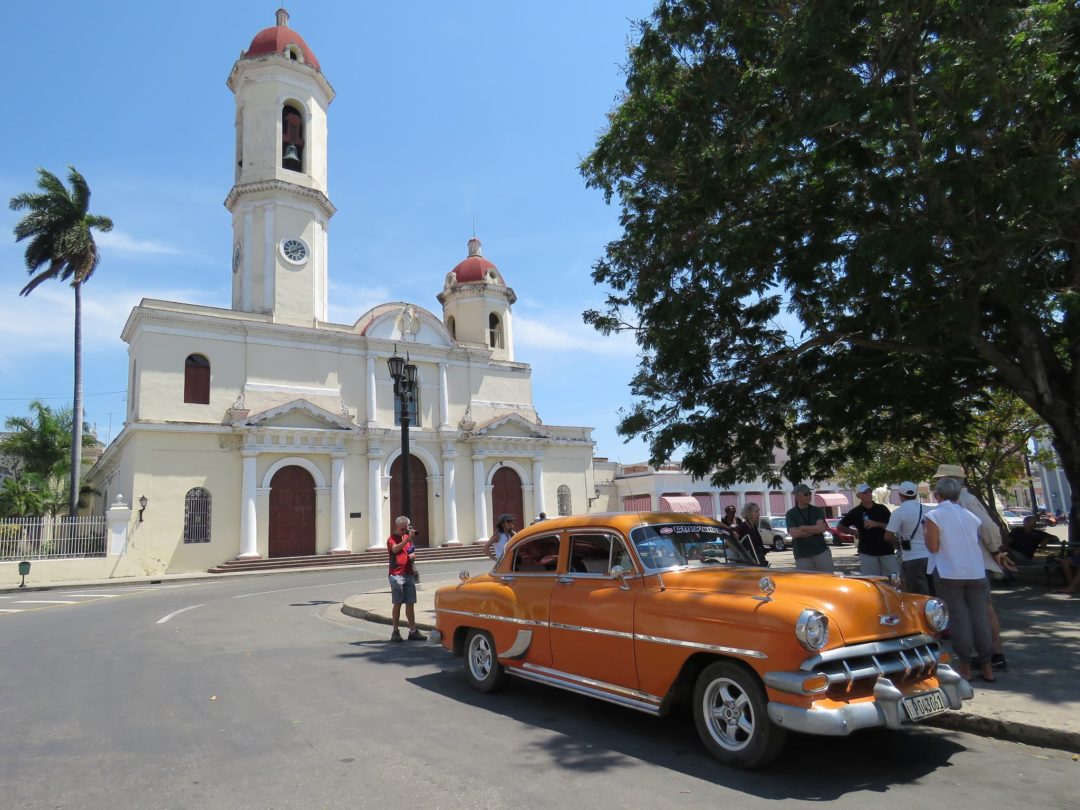
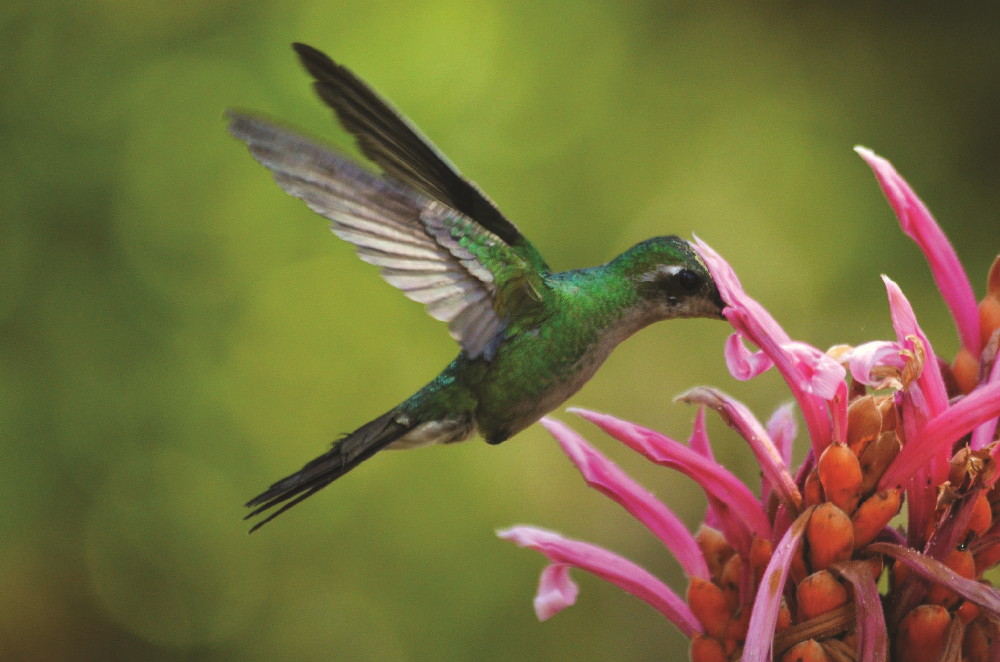
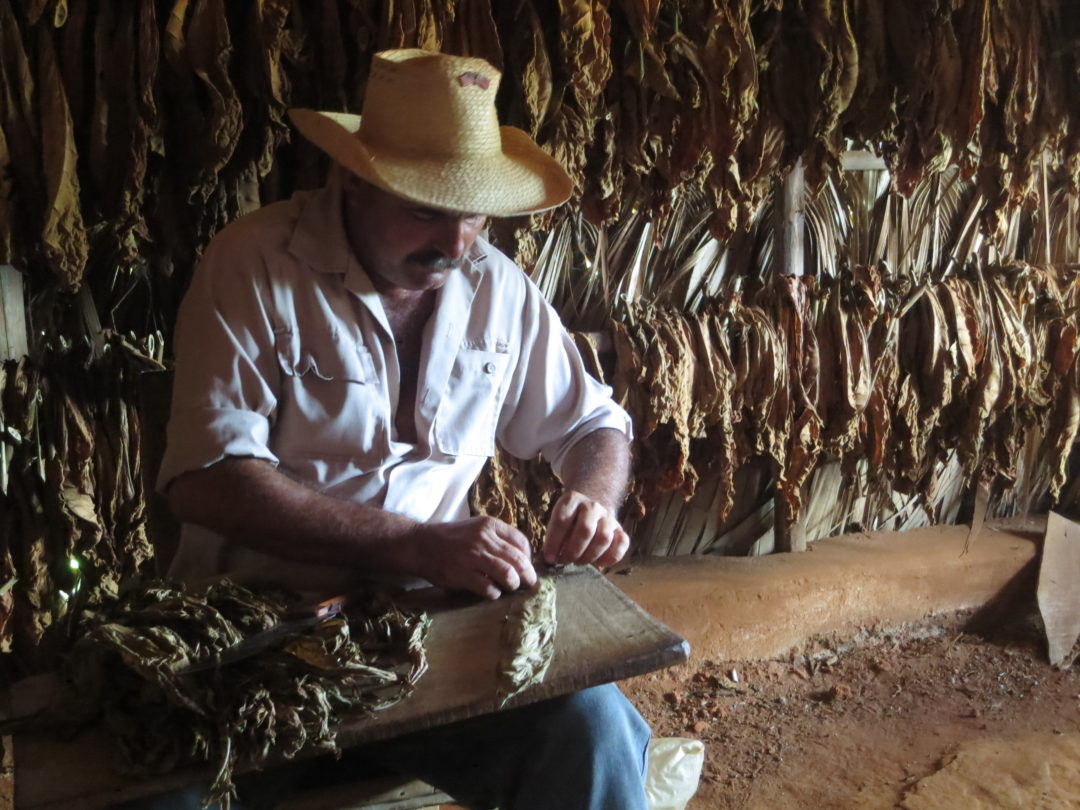
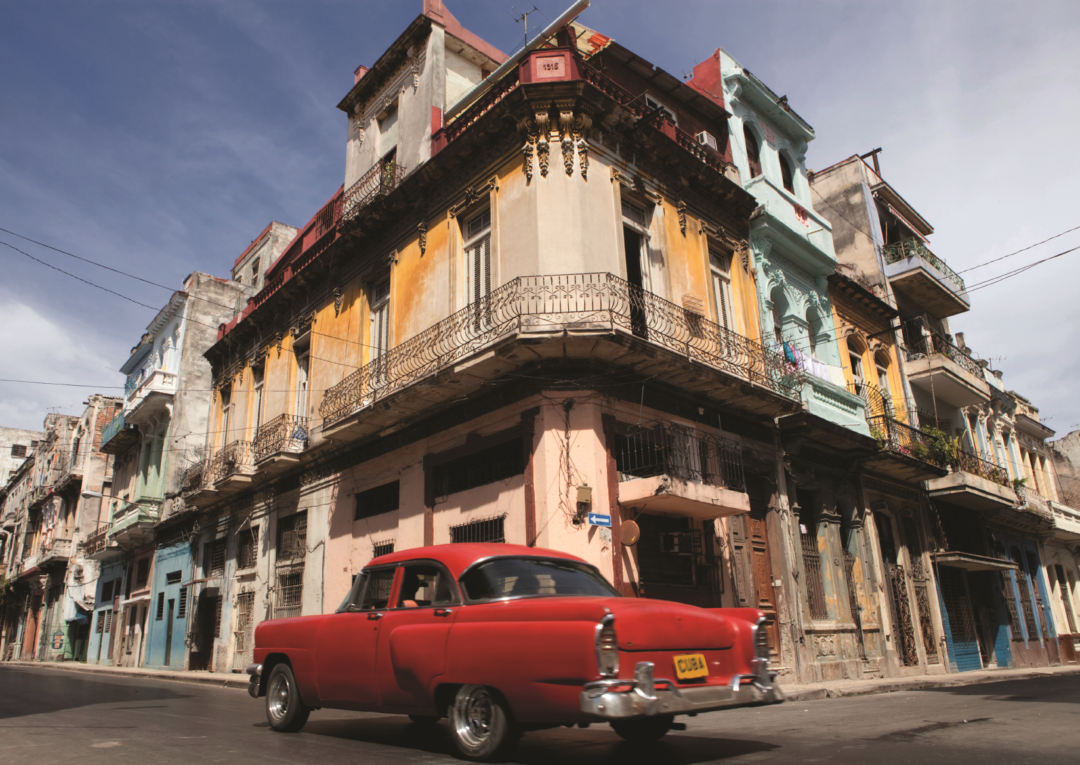
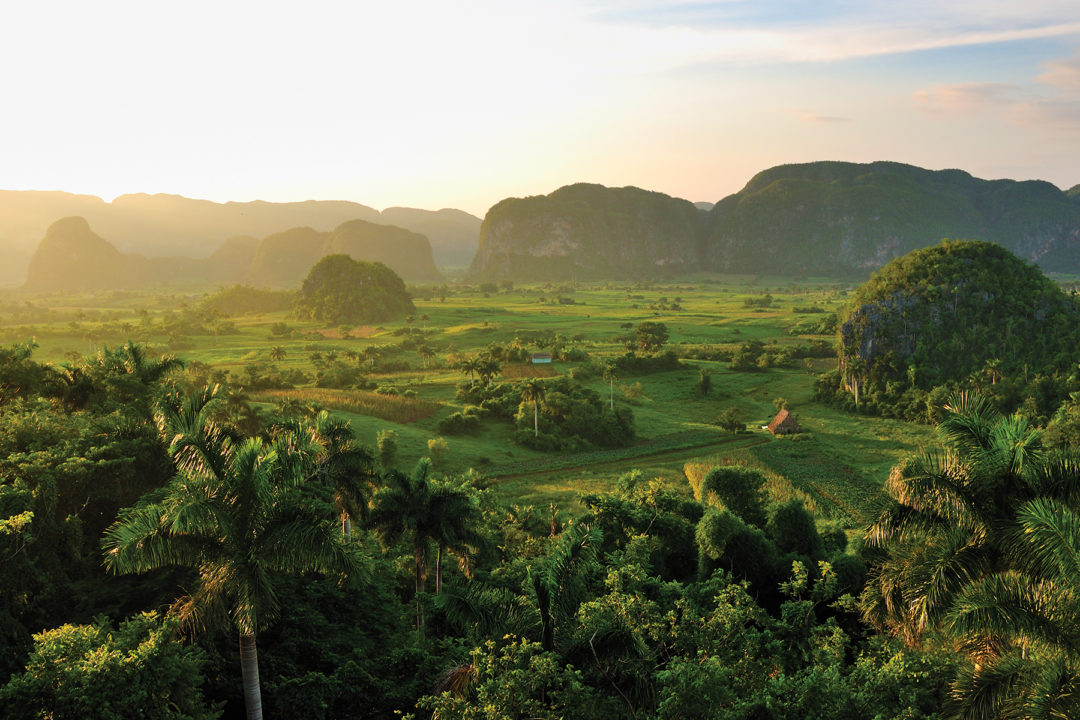
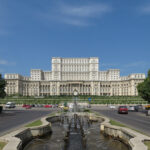


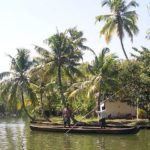
No Comments